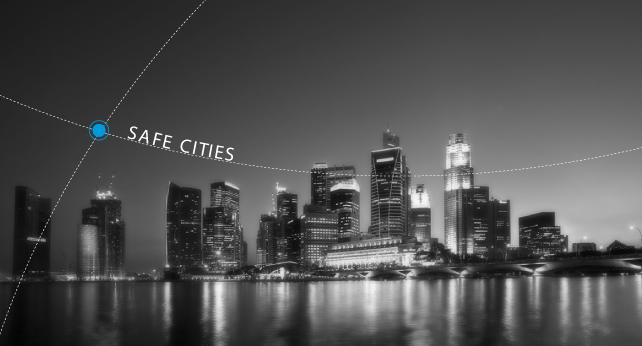 Safe Cities
Safe Cities

INTERPOL World 2015 will focus on four key domains and one of them is Safe Cities.
A nation’s well-being and prosperity hinges on the safety, functionality and resilience of its critical national assets – organizational and physical structures and facilities that are vital to society and its economy.
Policies and physical measures must be put in place to ensure that a nation’s critical infrastructure possesses the readiness and the ability to withstand and recover from deliberate attacks, accidents or natural disasters.
Although the nature of threats may vary from sector to sector, there is a lot of inter-dependency between the different infrastructures and their ability to function. Critical infrastructure sectors include: chemical; commercial facilities; communications; critical manufacturing; dams; defence industrial bases; emergency services; energy; financial services; food and agriculture; government facilities;
healthcare and public health; informational technology; nuclear reactors, materials and waste; transportations systems; and water and wastewater systems.
The role of INTERPOL and its law enforcement community is clearly defined in the Organization’s mission: Connecting Police for a Safer World. INTERPOL is developing a large range of activities focused on the enhancement of cooperation and innovation on police and security matters to prevent and tackle crime, making our cities safer and our businesses more secure.
GROWING DEMAND FOR CRITICAL INFRASTRUCTURE PROTECTION
- Total C4ISR spending between 2012 and 2021 is expected to be USD 1,113 billion, with the spending increasing from USD 100 billion in 2012 to USD 130 billion in 2021 at a compound annual growth rate (CAGR) of 2.9 per cent (Frost & Sullivan Global C4ISR Market Assessment, 2013).
- Frost & Sullivan expects the total oil and gas infrastructure security market to increase from USD 18.3 billion in 2011 to USD 31.3 billion by 2021. Integrated command and control solutions are being preferred over individual surveillance, perimeter security and access control to cut down on maintenance and operating costs.
- The physical security information management market is still in an embryonic stage in many geographical areas. The value of the market is estimated to be USD 142.9 million in 2011 and is expected to grow at an extraordinary pace (34.6 per cent CAGR) and reach USD 2,789 million by 2021 (Frost & Sullivan Global PSIM Market, 2013).
















